Share this post!
You would think regular reserve fund studies help condo boards avoid underfunding their reserve funds. However, many boards contribute the bare minimum of 10% of the operating budget towards the reserve fund in accordance with the Condo Act. As a result, underfunding poses long-term financial problems difficult for boards to resolve.
Here’s how reserve fund planning helps avoid underfunding.
Average Contribution Per Unit
Keeping track of the average contribution per unit per year is extremely important, especially for new condos. A common amount for recent builds can start out as low as just $500 per unit per year. Realistically, condos that don’t average at least $2,000 per unit per year, are most likely facing an underfunded reserve. When buildings underfund their reserves from the beginning, they can see the need to raise their contributions to at least $4000 per unit per year as repairs and replacements are looming. Using a phase-in period to reduce the financial burden placed on current owners for future costs simply places unfair burden on future owners. Therefore, if your board uses phase-ins, they should never go longer than three years. This way you can review the reserve fund study findings to determine when increased contributions are required.
Lost Interest
When phase-in plans are used, your condo misses out on interest. Therefore it makes more sense to collect fees with a linear increase distributed each year. First, you will fairly spread out the costs required for a healthy reserve fund. Second, you benefit from interest growth paid out on larger amounts of money over a longer period of time. Avoid exponential increases. In a three year period, a linear plan collects 30% of the required increases compared to just 20% for an exponential plan.
The 40- to 50-Year Model
Condo boards today should look at 40- to 50-year plans as the new earmark for major renewal projects. When following the minimum 30-year plan (link to the new beyond 30 years blog once posted), shortfalls in funding become more likely. Because the higher priced replacement and repairs arrive at the 40- to 50-year mark, a 30-year plan ultimately leads to a shortfall in funds.
Location Repair Limitations
Your condo location is also important. Many condos in the downtown core for example now lack the space for cost-effective repairs and replacements. The lack of hoisting space leads to more costly permits, challenges posed by hydro line protection and other access challenges that impact costs. Ensuring your reserve fund study estimates take into consideration access costs for high density locations can help ensure your budgets are realistic.
Ultra-High Rise Challenges
Rising floor counts can also have unexpected cost implications on reserve fund studies. Challenges posed in ultra-high rise situations where simply lifting equipment to conduct repairs costs a fortune, can make it difficult to estimate costs accurately. As mentioned, reserve fund studies should be looking much farther ahead, with many suggesting a 60-year plan for ultra-high rise condos. Hopefully, advances in technology can help offset costs in the future.
When condo owners today pay their fair share towards repairs for the future, underfunding is less likely. Increasing reserve fund plans to the 40- to 50-year model also helps keep reserve funds healthy.
At CPO Management, a property management company in Toronto and the GTA, we can help minimize repair and replacements costs by ensuring finances are always available. Contact us today.
